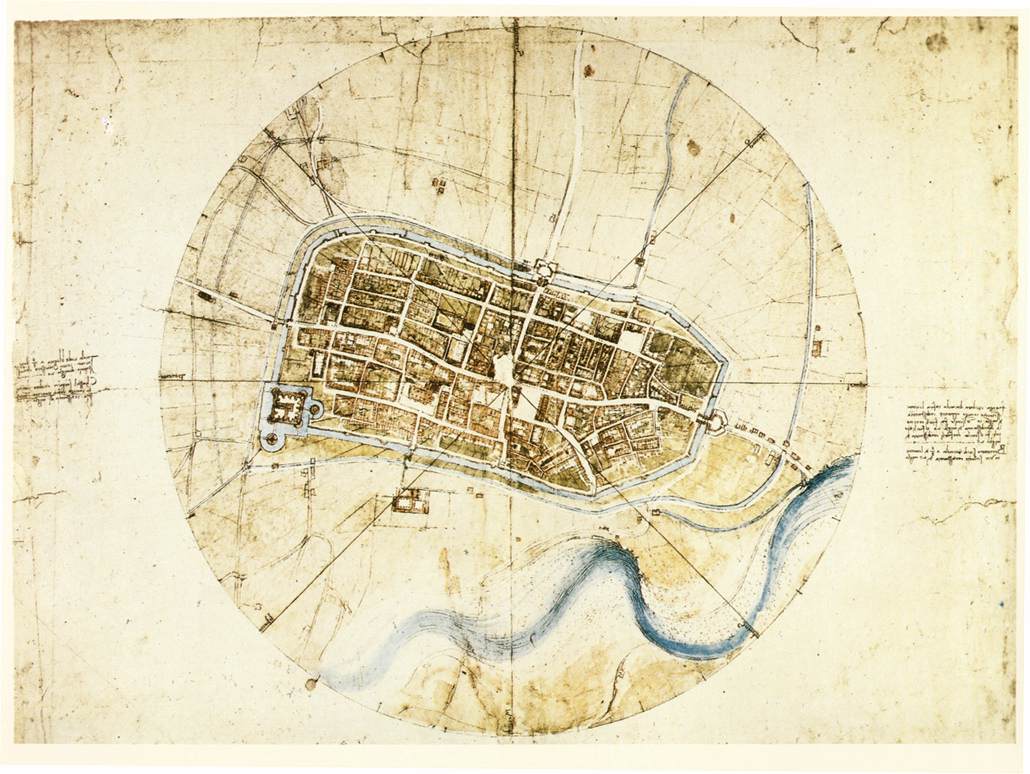Leonard Berry and Kent Seltman’s Management Lessons From Mayo Clinic is a short, clear read about how a massive healthcare organization provides top-tier service. They start by describing Mayo as a three-pronged organization that focuses on patient care, medical research, and medical education.
Their goal in writing the book was to identify the ideal service experience and understand how Mayo works toward that. Typically, the authors claim, a service organization depends upon the personal energy and commitment of its people, a spark and volunteerism that fades. What’s notable about Mayo is that its values and performance have not degraded with age and growth.
As a values-driven organization, Mayo’s key principle is that the needs of the patient come first. This is a lived value embedded in all corners of the organization. While much of the healthcare industry is payout-centric, Mayo strives to be patient-centric.
There’s no single orientation course which teachers this value. It, and other values, are built into the organization’s actions and its periodic training. Mayo codified these values in 1998. This was more than a century after its founding and only in response to rapid growth and the passage of time. By the late-1990s there was no longer a first or second connection among staff to the original Drs. Mayo and the organization felt the need to write down what was previously gained by association.
While “the needs of the patient come first” is what Mayo does, team medicine and collaboration is how they do that. These two values are key to Mayo’s success. The presence of teamwork across Mayo helps people become better doctors. Teamwork isn’t optional, it’s central to their practice.
This helps set the stage for mistakes to be viewed as teachable moments rather than in a punitive light. By focusing on quick, efficient teamwork Mayo can act as a much smaller organization. They’ve found a way to benefit from their organizational size while retaining the benefits of smallness. Ultimately the alignment and joining of their what and how values are inseparable.
Based on over 36,000 surveys Mayo has found that efficiency is as highly correlated with patients’ overall satisfaction as their physician relationship or outcome of care. Related to efficiency, Mayo’s use of technology aims to solve problems in the context of the organization’s values and strategy. Saving money may be the result, but it’s not the goal.
Mayo’s committees are key to how it builds culture and consensus. It has up to 80 committees at each campus. Decisions may occur slowly but implementation is rapid as, by that point, there’s consensus. They also decouple salaries from particular leadership positions as that way there’s no financial penalty for rotating out.
Their approach to hiring is that it can only be the first step in developing the right workforce. The orientation and adaptation to the organization which occurs after hiring is as important. Their retention rate is around 80%. Their ongoing trainings result in about nine annual sessions per-employee and are oriented toward both development and keeping people up to date with medical advances.
There’s a strong focus on service clues at Mayo. They break this down into three categories:
- Mechanic: sights, sounds, textures, etc.
- Humanic: behavior and appearance of employees.
- Functional: technical quality of service.
These clue categories are synergistic rather than additive. To be highly effective they must all be present. And the design of mechanic clues must match the humanic followthrough. They even screen the marble slabs used to ensure there aren’t disquieting human or disease forms in the rock pattern. The guiding questions the authors suggest around this area of service are:
- What is it that customers want more than anything else?
- What drives customer preference?
In short Mayo has three big ideas. To place the interests of the patient above all other interests. To pool talent as a union of forces. And to deliver clinical care with time-condensed efficiency.
